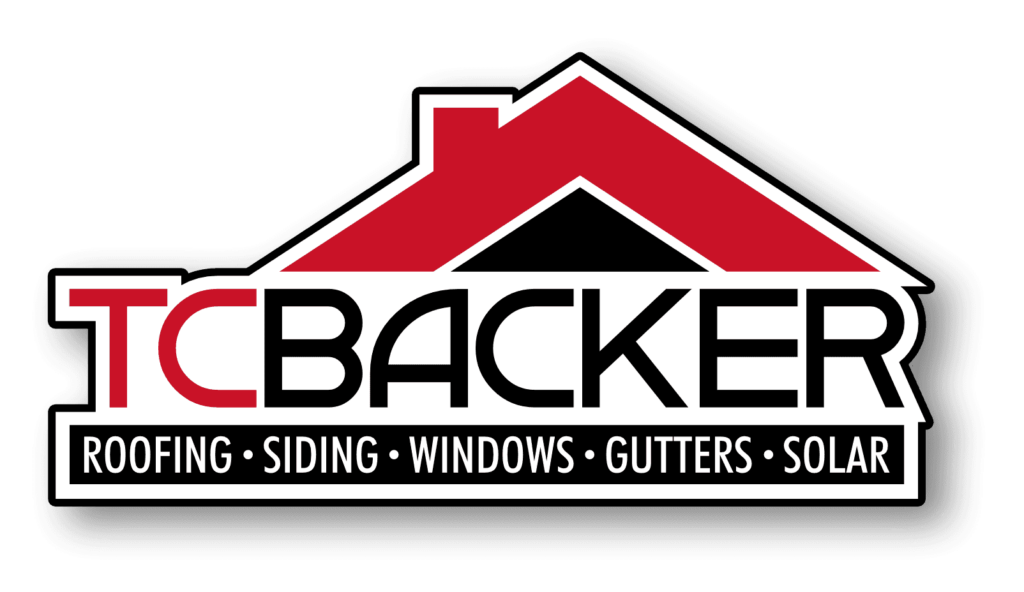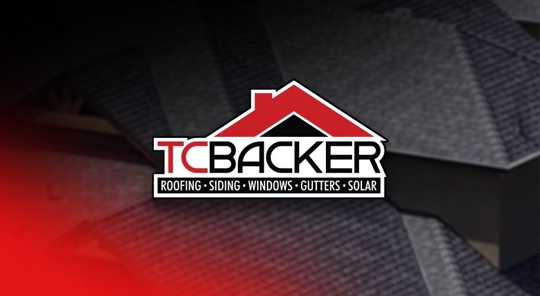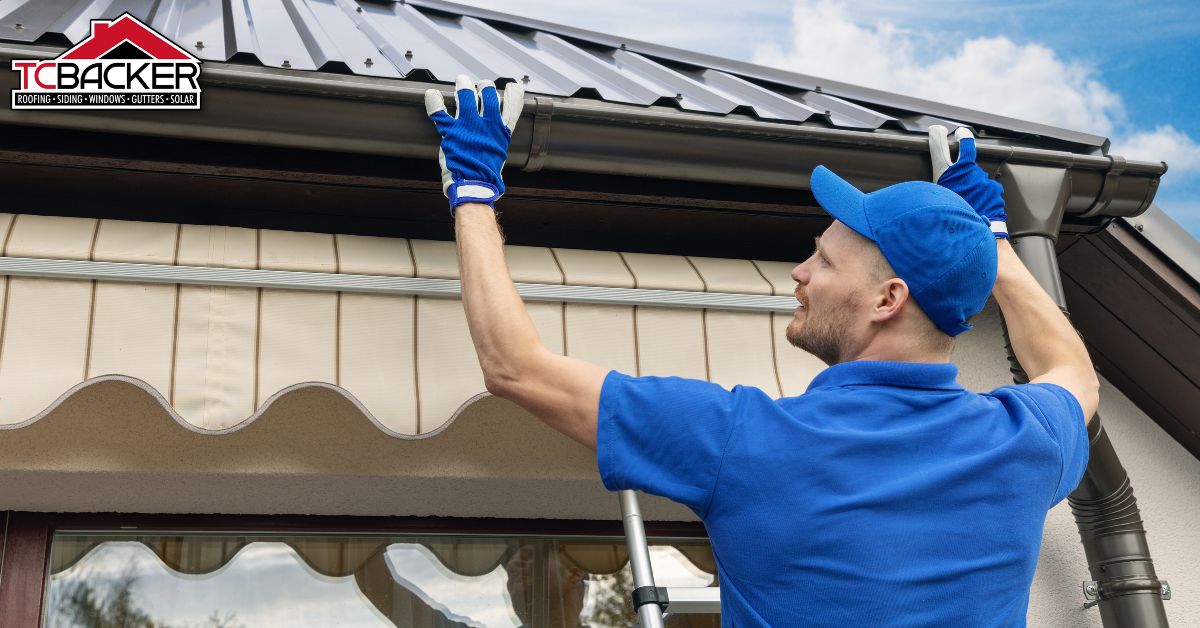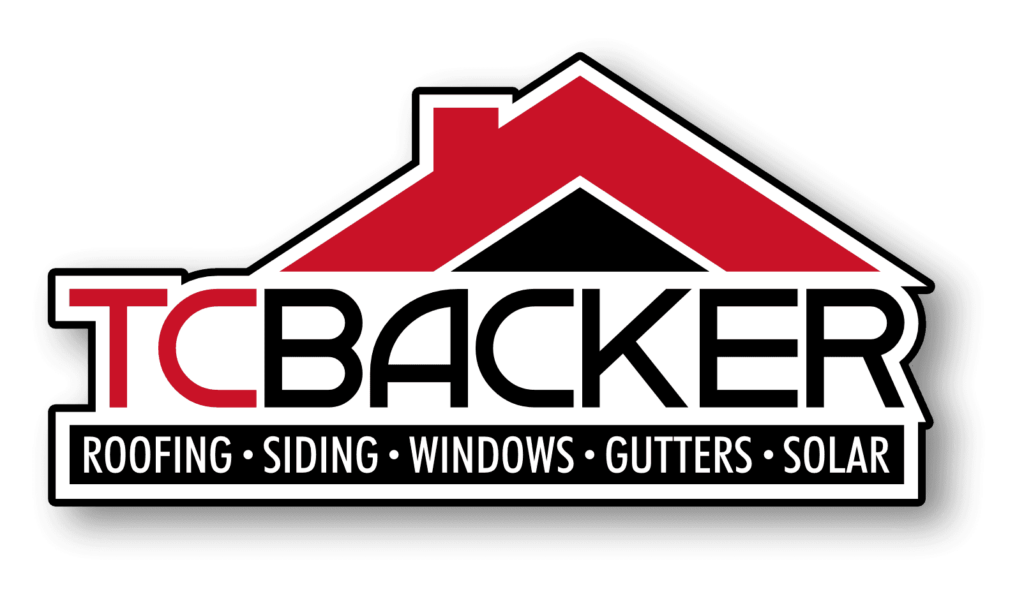Roofs, crucial to building structures, require proper maintenance for occupant safety. Unfortunately, roof problems are not uncommon and can be caused by a variety of factors.
This article will discuss common roof problems, as well as ways to prevent them from occurring. Common roof problems include leaks, missing shingles, damage from weather, algae growth, and structural damage. Each of these issues can cause major damage to a roof, as well as the building beneath it, if not addressed and remedied in a timely manner.
By being aware of these common problems and taking the necessary steps to prevent them, one can ensure that their roof remains in good condition for years to come.
Leaks
Examining leaks in the roof structure is essential in order to mitigate potential damage.
As water can cause damage to other components of the roof, such as dry rot, mold, and wood rot, it is important to identify any potential leaks.
Water can enter a roof structure from a variety of sources, including vents, chimneys, pipes, and windows.
In order to prevent leaks, it is important to inspect the roof for any signs of water damage and to ensure that all openings are securely sealed.
Additionally, it is important to ensure that any materials used for sealing the roof are of a high quality and able to withstand the elements.
In addition to leaks, missing shingles can also lead to water damage.
Missing shingles can occur due to improper installation or because of damage caused by extreme weather.
In order to prevent missing shingles, it is important to inspect the roof regularly and to replace any damaged or missing shingles.
Additionally, it is important to ensure that all shingles are correctly installed, and that the roof is properly sealed in order to prevent water from entering the roof structure.
Missing Shingles
Missing shingles is an issue that often arises when inspecting roofs, and can be avoided by regularly inspecting and maintaining the roofing system.
In order to protect the roof from incurring damage, roof owners must take the following four steps:
- Inspect the roof for any loose or missing shingles.
- Inspect for any signs of damage from the weather or animal activity.
- Replace any missing shingles or seal any damaged shingles.
- Clean the roof of any debris that has accumulated.
Taking these preemptive steps will help protect the roof from further damage and can help maintain the roof’s lifespan. By consistently inspecting and maintaining the roof, homeowners can have peace of mind knowing that their roof is secure and in good condition.
With the right maintenance, homeowners can gain control over the roof’s condition and feel confident that the roof won’t be the cause of any unexpected surprises. From here, damage from weather can be explored as the next step in understanding common roof problems and how to prevent them.
Damage from Weather
Weather-related damage can quickly compromise the integrity of a roofing system, rendering it vulnerable to further deterioration. High winds, heavy rain, hail, snow, and extreme temperatures can all take their toll on roofing materials, leading to costly repairs and replacements.
Roofs that are exposed to direct sun can be particularly vulnerable to damage, particularly in warmer climates, as the sun’s rays heat and expand the roofing material, and then cause it to contract when temperatures drop. High humidity can also cause severe damage, as it can cause materials such as wood, asphalt, and metal to rot and corrode prematurely.
Proactive maintenance is key to avoiding weather-related damage and ensuring the longevity of a roof. Regularly inspecting and maintaining a roof, particularly after a storm or other extreme weather event, can help detect any damage and prevent it from getting worse.
Owners should protect roofs with shields or coatings and invest in durable materials. Hiring a reputable roofer for installation also prevents weather-related damage.
From these preventive measures, the risk of algae growth can be reduced.
Algae Growth
Algae growth is an issue that can be found on many roofs, and it is important to identify and prevent it in order to protect the roof from further damage.
It can be identified through the presence of green, black, or blue-green stains on the roof, which can appear in sections or in streaks.
Prevention
To prevent algae growth, it is important to maintain the roof by cleaning it regularly, sealing any cracks or holes, and using special treatments to prevent mold and algae from growing.
Identifying the presence of algae growth on roofs is a crucial step in avoiding potential damage. Algae growth can be difficult to spot, as they can be subtle and blend into the roof. Commonly, they appear as black or green streaks that run down the roof slope.
Note that streaks might not signify algae growth but could be due to pollution. Identify algae indicators, such as discoloration or staining, enabling homeowners to address growth promptly.
In addition to visually inspecting the roof, homeowners should also pay attention to the age of the roof and the environment around the house. Older roofs are more susceptible to algae growth, as the material can be more easily broken down. Areas with high humidity or moisture can also encourage algae growth, as their environment is more conducive to their growth.
Homeowners, aware of these factors, can prevent algae growth and maintain their roof’s condition.
Algae growth can cause structural damage to a roof over time if left unchecked. To prevent such damage, it is important to take proactive steps to prevent algae growth on the roof.
Keep the roof clean
One of the most important steps to take is to keep the roof clean. Remove debris like leaves and branches, and clean dirt from the roof routinely. This prevents algae growth by eliminating their ideal habitat.
Regularly examine the roof for algae growth signs and address affected areas promptly. Apply an algae-removing cleaning solution to achieve this.
Proper roof ventilation is crucial to minimize algae growth chances. By taking these steps, homeowners can help ensure that algae growth does not become a problem on their roof.
Structural Damage
Roof structural damage may result in expensive, extensive repairs, so homeowners should proactively safeguard rooftop integrity.
Water infiltration, a common cause of structural damage, often occurs in poorly sealed roof areas or where flashing is inadequate. Conducting regular roof inspections and installing proper seals and flashings actively helps prevent water infiltration. Moreover, promptly repairing existing damage prevents further deterioration.
High winds can also cause structural damage to roofs, especially in areas prone to strong storms. For wind protection, secure the roof and properly install shingles. Additionally, it is a good idea to trim nearby trees to reduce the risk of damage from falling branches.
Taking these proactive steps can help to protect the integrity of the roof and prevent costly repairs down the line.
Conclusion
The roof of a home or building is a critical component that requires regular maintenance.
Without proper maintenance, common roof problems such as leaks, missing shingles, damage from weather, and algae growth can occur.
Conduct frequent inspections to identify and promptly repair damages, avoiding issues.
Furthermore, clean roofs regularly and apply protective coatings to prevent algae growth and weather damage.
Adhering to these steps helps avoid costly repairs and prolongs the roof’s lifespan.
Consistent, preventive upkeep is vital for maintaining a roof’s condition and safeguarding against weather.
Contact TC Backer Construction today to schedule a roof maintenance consultation. Let our experts provide the professional services needed to keep your roof in optimal condition and protect your home or building against the elements.
The post Common Roof Problems And How To Prevent Them appeared first on TC Backer Construction.





